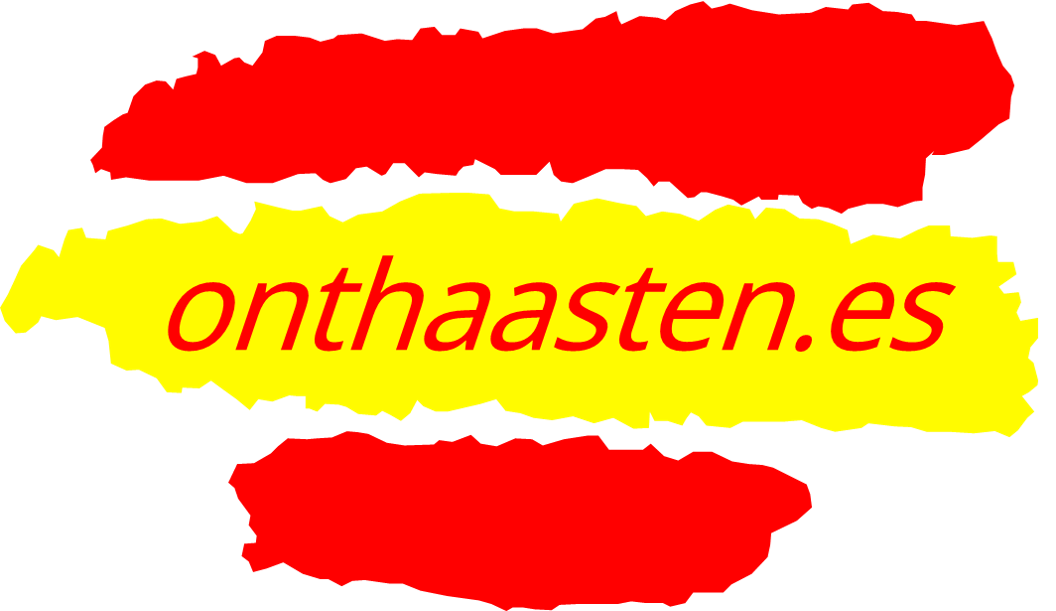blogpost 58, 25-apr 2025, Reijer Staats
A long one!
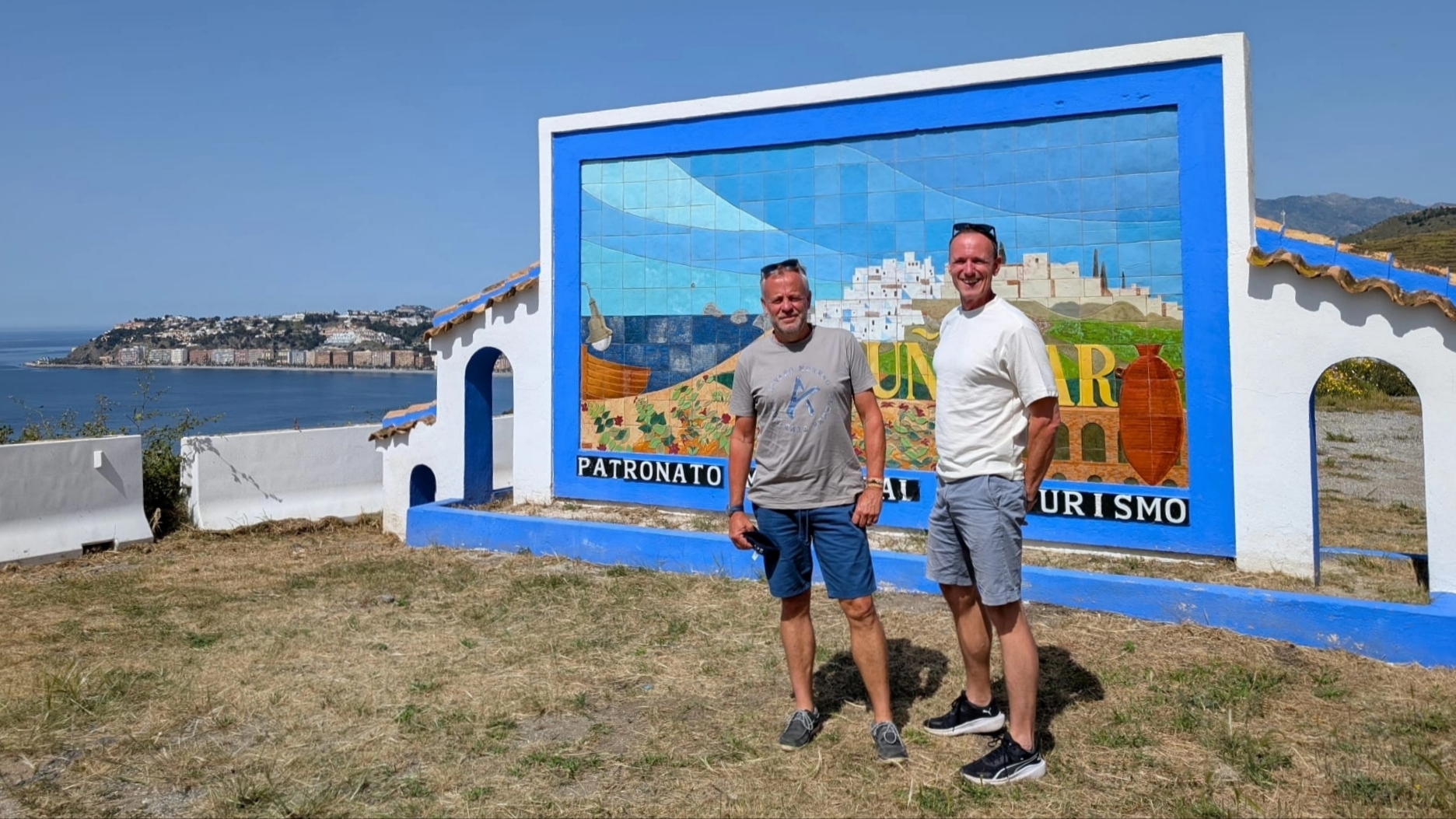
I sit at the kitchen table, open my laptop, take a sip of red wine, sigh, and start typing with rolled-up sleeves – a bit like Jessica Fletcher from Murder, She Wrote. That image keeps running through my mind. And now the time has come. You probably know the feeling: something old is done – or at least parked – and you feel grounded, eager for what’s ahead!
After my idea of working towards a short story collection from sunny Andalusia with weekly posts and flashbacks, and after writing A first Spanish chit-chat, The chico from SEUR, The rain in Spain, and Scribbles from Granada (including the poems Power and Woke), I realised that my Spanish chit-chat posts didn’t allow me to express everything I wanted. What I was missing was a personal through-line
Rather than merging these short stories into one blogpost – number 57, which would have been aptly titled A Fresh Start – here comes blogpost 58: A long one! Written without a glass of wine, by the way, because, contrary to my imagination, I’ve actually felt better without one for the past four months.
Photo: The first full moon of spring, bringing new energy for a fresh start.
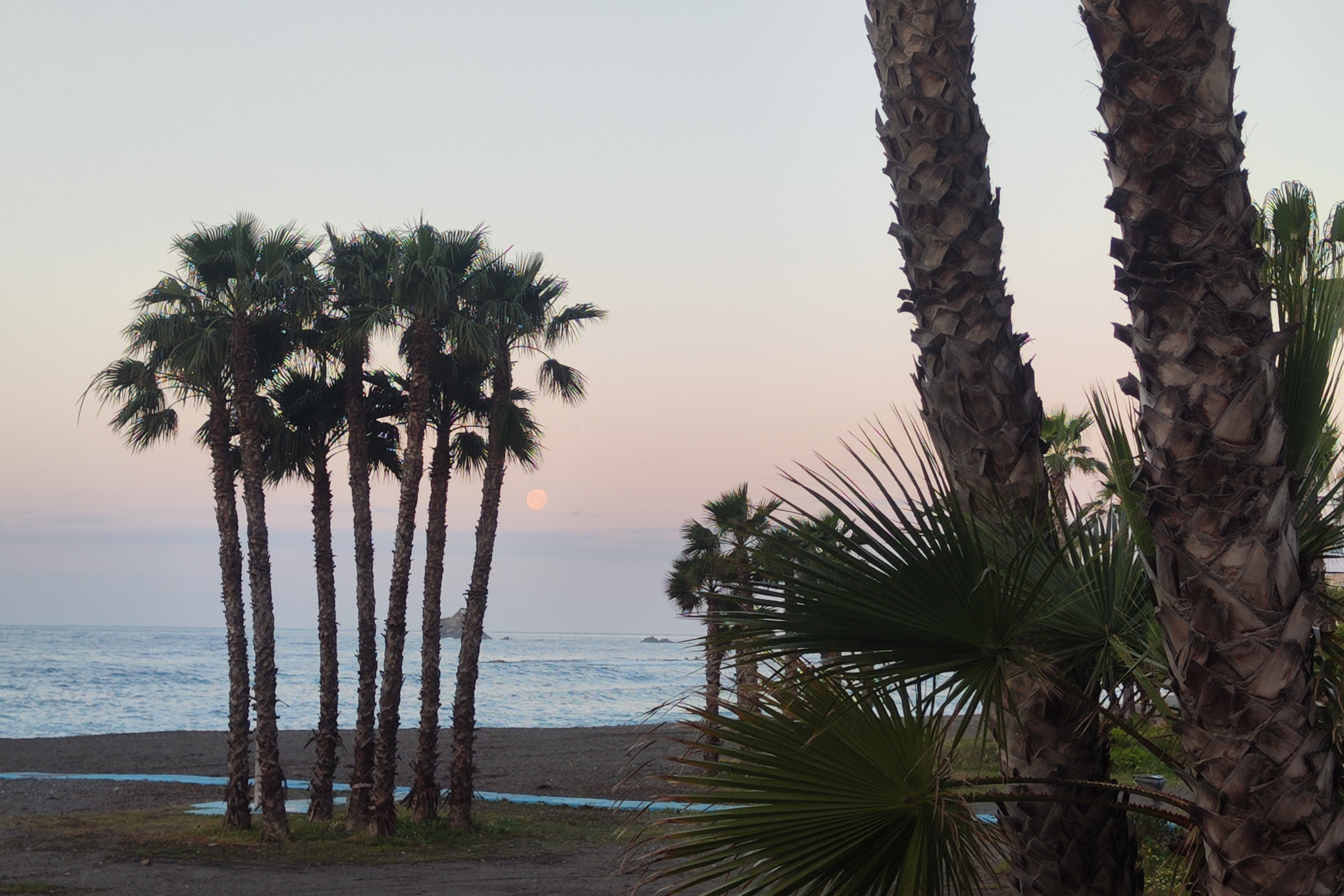
We could’ve just spoken English
At the bottom of the side street leading to our house, on the corner of the Rambla, we often see him busy around his Casa Nieves: a striking white villa – our house could fit inside it four times – with yellow accents, Roman-style plaster balustrades, and a surrounding fruit orchard behind a tall whitewashed wall. The top edge of the wall is trimmed with two rows of decorative stones in an open floral pattern. I don’t know what they’re called, but when you see them, you immediately think, “Ah yes – that kind of wall, so typical of Spain.”
Our vecino is often working in his orchard. And like a breadcrumb trail from the fairytale Tom Thumb, bits of plants from the wrought-iron gate of Casa Nieves lead the way to the waste containers on the corner, just across the street. The tall decorative wall is kept bright white, though our vecino always forgets to tape off the pavement – leaving large white splashes of paint and traces of fallen paint cans. Johan always says: “He’s at it again, the vecino, with his twice-yearly paint job. Watch your step – before you know it, you’ll be leaving white footprints all the way to the seafront.”
This morning, I’m standing by the waste containers when I see him crossing the street. In his hands: a large black rubber bucket filled with avocado leaves. He struggles to lift the heavy lid of the container and raises the bucket slowly to shoulder height. But just before he gets there, the lid closes.
“Un momento, le ayudo!” I say without thinking, and I lift the lid for him again. I take in his pale skin – a little blotchy and scaly – and the drop of sweat running down his face. His dry, white hair is neatly cut, and just visible beneath the yellow-green flower buds of the avocado tree. His slow movements and slightly trembling hands remind me of my father – perhaps signs of parkinsonism? Or just his age?
We start chatting. “Soy Reijer,” I say, reaching out my right hand.
“Encantado,” he replies, and introduces himself as well.
For the next fifteen minutes, I listen – awkwardly wedged between the smelly waste containers and the wall – to the life story of a Greek from Crete, told in a monotonous tone. He first moved to Germany for work, then to Cleveland in the United States, where he lived for thirty years before coming to Spain around the turn of the millennium – as he puts it, “...in search of good weather and free healthcare.”
The amounts of pesetas he mentions make my head spin – from the purchase price of his Casa Nieves to the three apartments he rents out across the street ("Por solo €350 al mes") to the sum he received for the strip of land behind, which he sold to his back neighbours living in the villa we call Southfork – Dallas.
“Tengo 86 años,” he says and I’m surprised – he looks remarkably well for his years. He goes on to explain that once he and his wife are gone, their children in the US will sell everything. As expected, the American clichés start to pour out: he gives me a detailed story about meeting celebrities in Cleveland – apparently one was a giant black basketball player, though I’ve already forgotten his name.
Aside from a few questions, I don’t have much to contribute to the conversation with this friendly vecino, and no, he has never heard of my home country Holanda. He also exchanges a few words with some familiar faces passing by on old Puch mopeds. I excuse myself – I still need to take the glass to the recycling bin, further down the street – and I say goodbye.
As I walk away, I suddenly notice a piece of grey decorative wall – and no white paint splatters on the pavement in front of it. Could this be the strip of land sold to the neighbours, the Ewing Family? I also chew over the vecino’s name. I thought I heard Oratius. Or was it Horacio? I Google it later, but the name doesn’t seem very common in Greece.
We could’ve just spoken English. But well, that clearly didn’t occur to me.
Photo: Spring in the Swiss Lötschental, two visits to friends.
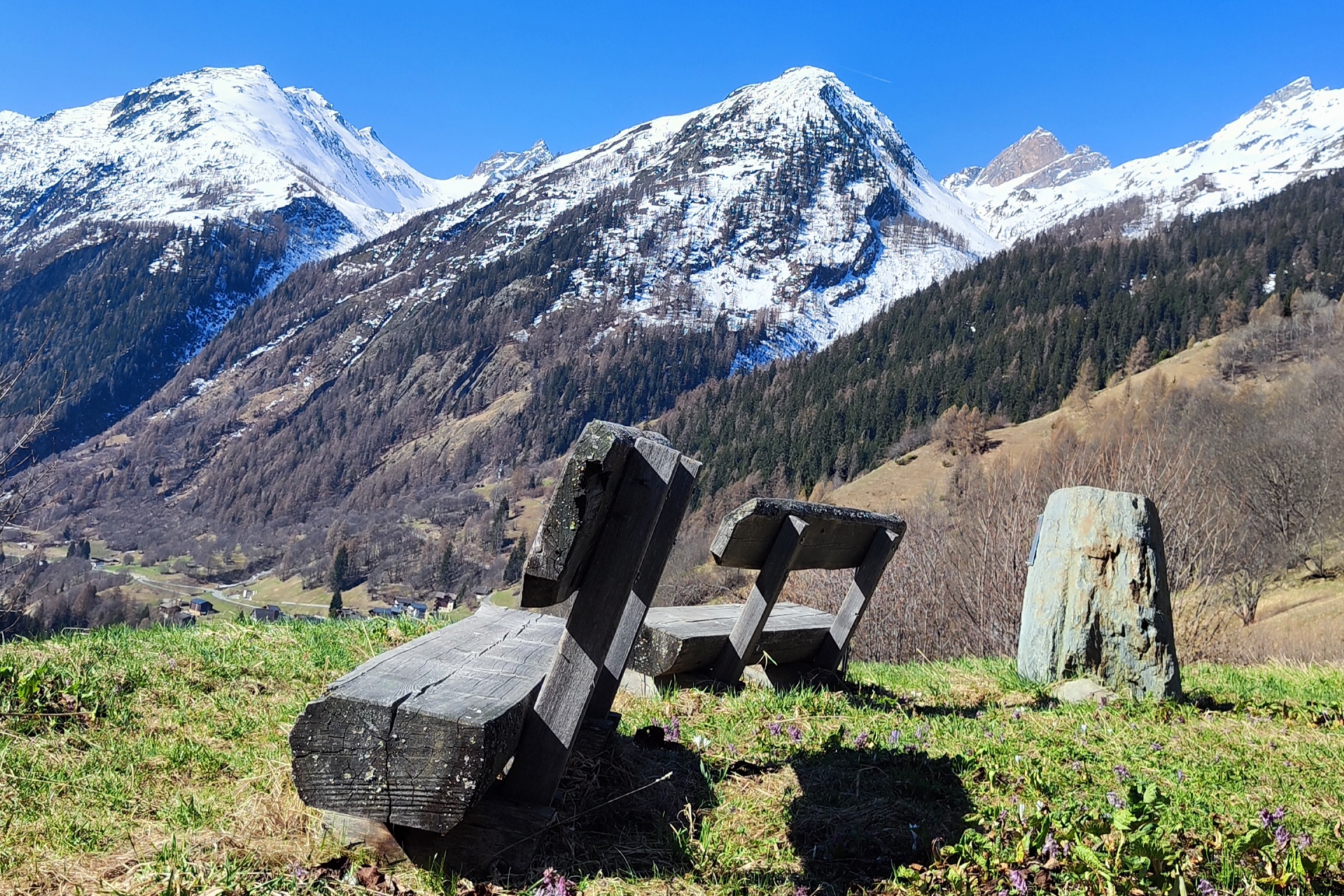
In the meantime?
After New Year’s, a quiet winter period begins for Johan and me, with only a few guest changes, some spring cleaning and painting, and the inevitable Spanish paperwork:
Registering our vacation homes in the new national security system for tourist rentals, where every guest must be logged with passport and address details.
Applying for a national Número de Registro de Alquiler for each property so we can keep advertising on Airbnb from 1 July – although the local registry office in Almuñécar appears to be agonizingly slow compared to others.
Reviewing and switching home-insurance and energy contracts, because yes, every euro counts.
With friends we managed to enjoy one last hike in La Alpujarra under the Andalusian sun. But from late February the weather turned truly un-Spanish: March was wetter than any spring we’d known, even wetter than in 2020 during the pandemic. On one rainy day the Rambla – the street below our house – briefly became a cold and rushing mountain stream.
For the first time in Spain, Johan’s birthday was celebrated indoors, but still in true Burgundian style with our local amigos at Restaurante El Maño – what a find! Our winterbreak to the city of Almería and the Cabo de Gata nature reserve turns out to be relatively dry. Johan visits his family in the Netherlands, and I fly twice to visit friends in sunny Switzerland. After that first return flight, I learned the hard way never to board a plane with flu and a developing ear infection – ever since I’ve been plagued by a constant whistle in my left ear. I could write another Spanish chit-chat just about that – and about my visits to the Urgencias and a private clinic.
I’ve been filming all those happy moments and sharing them on Facebook and Instagram. Meanwhile we’re also selecting photos and writing copy for the new Surroundings page on onthaasten.es, and updating each house’s info brochure – in Dutch, English and Spanish – with fresh local tips.
And just like that, it’s Easter 2025!
Photo: Barrio de Taramay, the neighbourhood in Almuñécar where we live. Almuñécar ranks 11th in 2025 on the List of Happy Pueblos in Spain, thanks to its climate, natural surroundings, and the people.
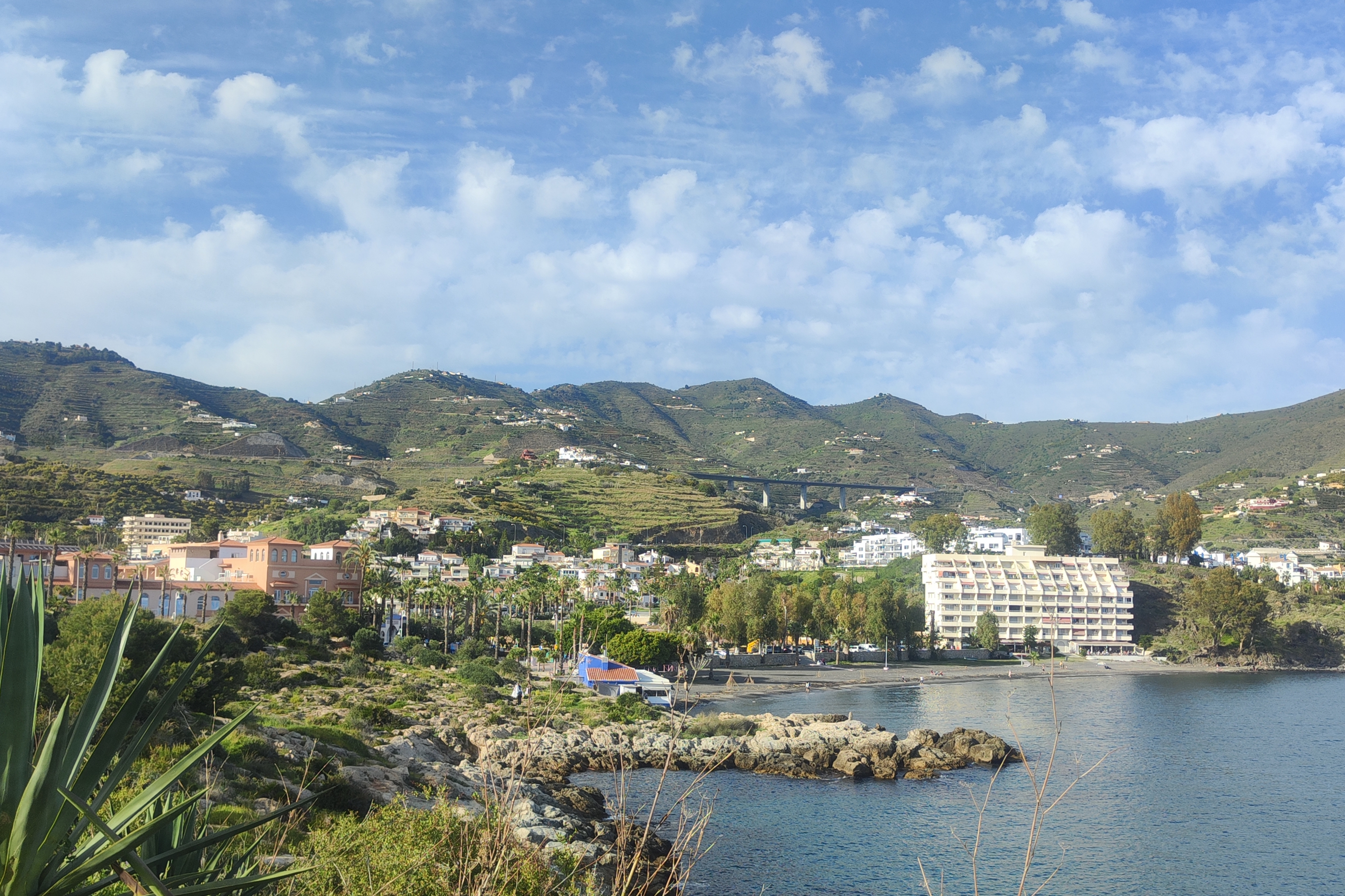
During Semana Santa, Almuñécar is buzzing!
On sunny beach days, umbrellas in every colour dot the sand, bars we’ve never noticed before open their doors, and on the terraces, we spot familiar faces – bar owners we´ve given nicknames: Frans Timmermans (a former Dutch EU Commissioner, with a somewhat stuffy, old-fashioned vibe) and Little Rat. Not because of his character – it’s the sharp face, the curious nose, those alert eyes... This spring, the staff changes also stand out: the face of one particular bar has suddenly become a permanent fixture elsewhere – or perhaps returned to the old place.
In the week before Easter, even with our busy schedule, every day feels like the weekend. We visit several processions in the cascos históricos of Almuñécar and Salobreña, where todo el mundo is dressed to the nines. From street kids to caballeros and doñas, young and old cheer on their familia, amigos, and familiar faces in the procession, calling out to them or sharing something sweet to eat. We also witness how one local, terminally ill, is granted a final wish: to walk beneath the heavy paso carrying the statue of Christ.
In the restaurants, tables are pushed together for 10, 12, or 16 people – large families. The kids gather, a madre nursing her baby, and everyone is caught up in animated conversations that echo off the stone floors. “Sorry!” I call to Johan, who is just biting into a slice of pizza. “But I’m not going to try hard to understand you in here!” Yes, the acoustics in many Spanish eateries are less than ideal, especially for a certain hombre with slightly fading hearing.
On the extra-large TV screen in the corner, we watch Carlos Alcaraz fight his way to the next round on the Barcelona clay court, and I study the text on the sugar packet with my coffee: Si un mono entra en un palacio, no se convierte en rey, convierte el palacio en un circo. In other words: if a monkey enters a palace, it doesn’t become king – it turns the palace into a circus. Hey, I’ve come across that line more often lately. I wonder who this wisdom is really meant for.
Photo: a shot of the procession on Holy Thursday in Almuñécar.
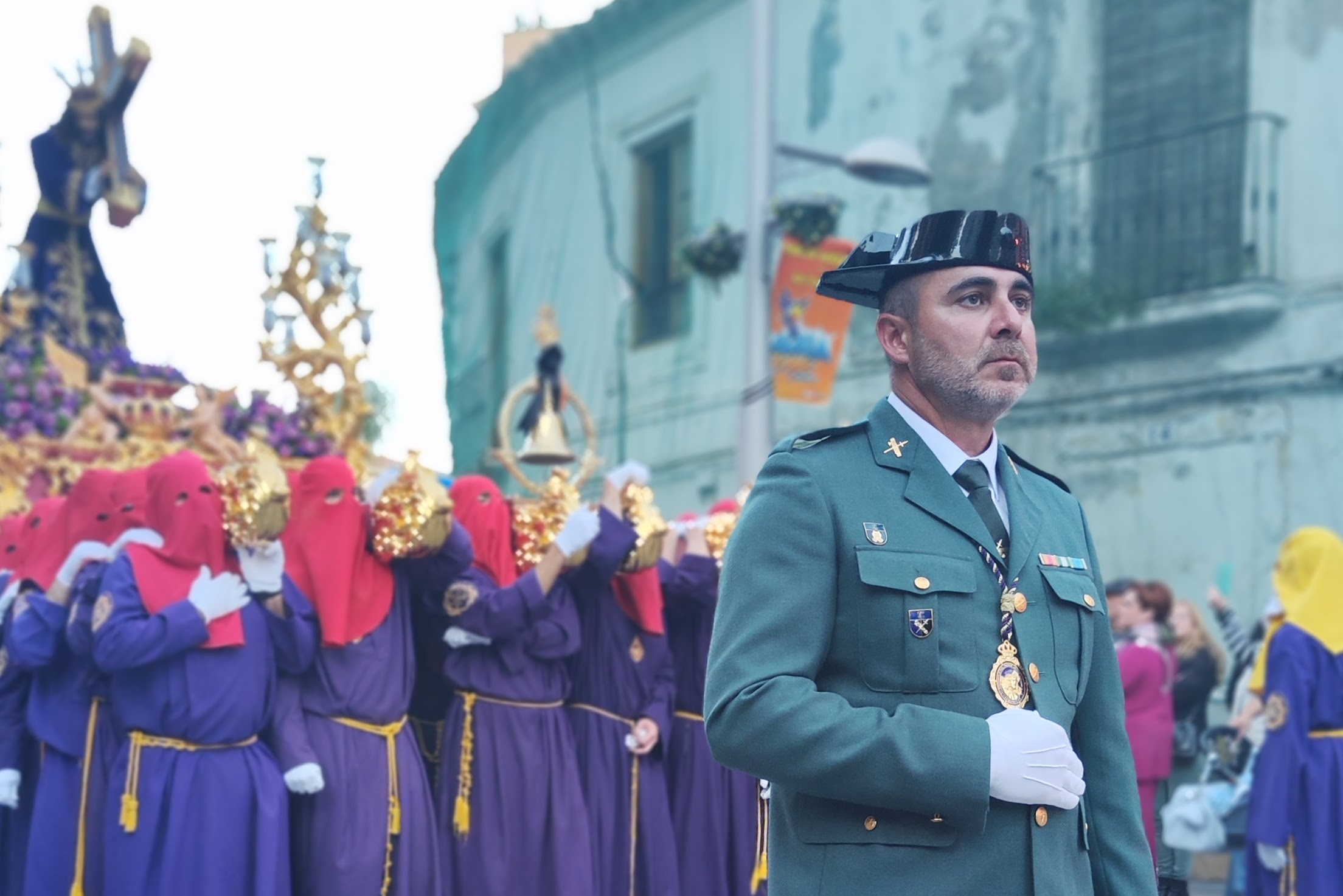
Escucha, guapo!
I hear it behind me on the afternoon of Holy Thursday – I’m busy around Villa Merise, waiting for the new guests. It’s the voice of Esther, our neighbour to the left when facing the house: shy in our early years here, but these days always up for a Spanish chit-chat. I turn around and smile: “Qué pasa, vecina?”
Esther always has a comment, a question or a request – partly because I’m president of our street with just seven houses. But unlike the neighbour on the other side, she delivers everything tactfully and not all at once.
One time, it’s about the tall conifer in our front garden – its needles, twigs, and pinecones often blow through the wall of decorative stones (in an open floral pattern) into her half-open vestibule. Would I like to put up a new persiana? A little while later, she’s at our door with a roller blind and zip ties – transparent, just how she likes it.
Another time, she shows me how the sand and mud left by the recent rains are being pressed into the asphalt by the neighbours’ cars, ruining the street. When Esther sees me struggling with my little Spanish broom, she reappears from her garage with a proper street broom – the kind with a sturdy brush head and hard bristles that picks up everything: sand, leaves, mud, twigs – and a wooden handle marked Made in Germany.
She looks good today! Her mouth forms the words “Mira eso,” pointing to the weeds on the urbanisation. Her tone is critical, and it’s clear she thinks I’ve had the gardener come too early – the weeds are already back. Next time, she says, I should wait until June, when the rains have stopped and growth has slowed. And really, once a year is quite enough!
She then mentions a few tasks her manitas has done for her. I look at her, puzzled. “No sabes lo que es un manitas?” she laughs. “It’s the person who does everything for me – the garden, the painting, the odd jobs inside... todos!” She invites me in to see it with my own eyes. I want to apologise – I’m in a hurry – but she smiles: “Tranquilo. Soy una mujer sola. I just want to share it with someone.”
And so, Esther’s house becomes the last one in our community that I get to admire from the inside. I recognise echoes of Villa Merise, but it’s also quite different: much more built out and thoughtfully adapted. The hardwood window frames with their rounded lines are beautiful. Her indoor winter terrace overlooks the sea, and she proudly points to her new kitchen – her manitas installed it. She nods kindly: “Now you can go.”
I ask Esther if her family is coming for Semana Santa. “No,” she says. “They’re busy.”
I walk outside, speechless. I really feel for this sweet woman. And I remember how different and festive Semana Santa used to be for her when her husband was still alive.
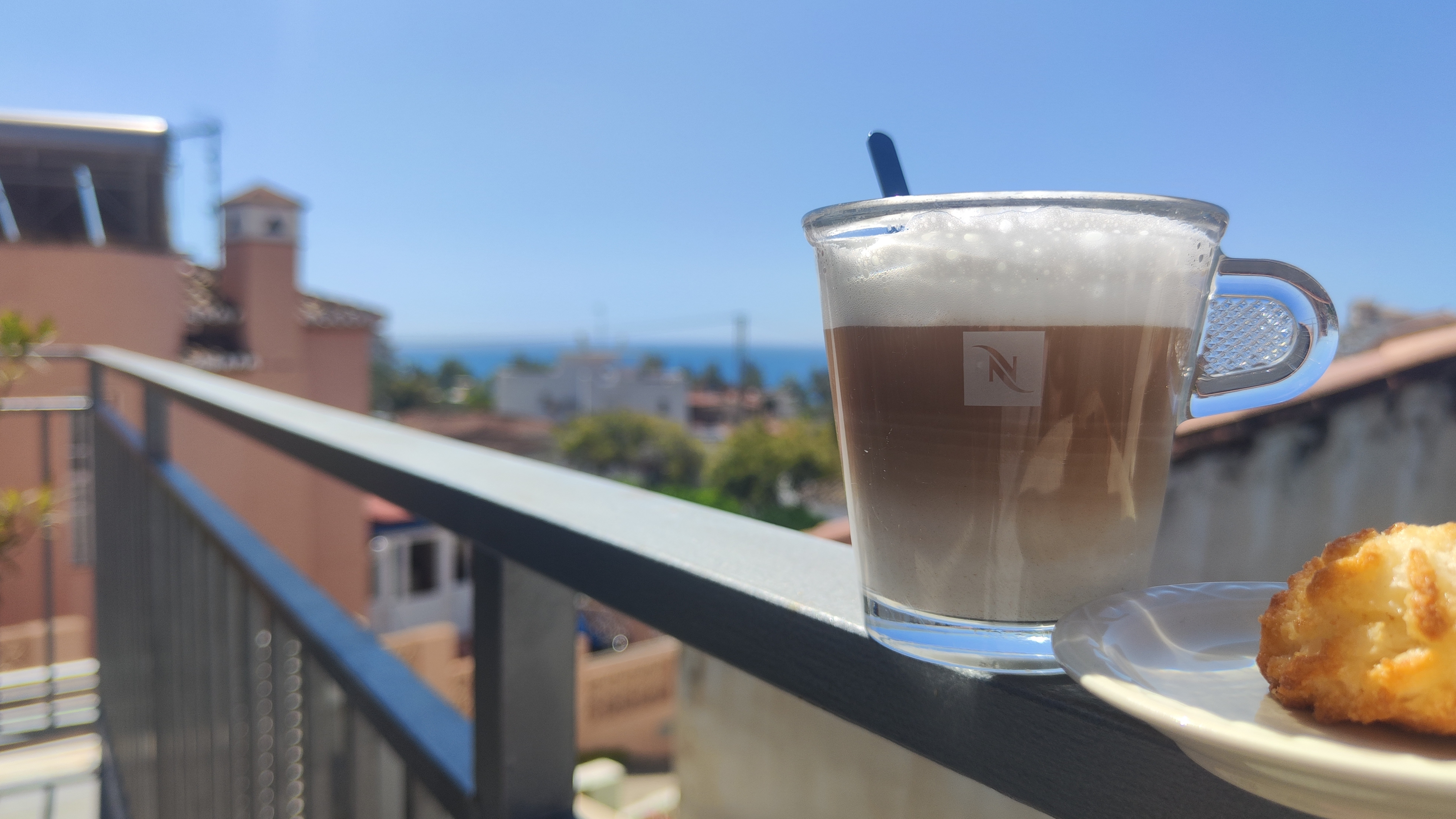
Grounded under the sun
From the kitchen table I gaze across Pozuelo Bay and the refurbished park with old olive trees, where young families are celebrating around picnic tables. It’s busy at the BMX track, in the skate park, the playground, and at the petanque courts. The terrace of Chiringuito Asador Chambao is slowly expanding. What a lovely neighbourhood we live in – and how much it has changed and come alive over the past year.
Watching the steady procession of patients – each supported by a partner, caregiver or (in the case of younger ones) a parent – from the beautiful Swedish rehabilitation centre down the street to Hotel Bahía Tropical brings everything to a halt. It’s slow progress: with a cane or crutches, wearing leg braces, in a wheelchair, or behind a walker. Equally slow is their recovery. Picture this: young and talented, and then suddenly knocked off course by a car. Life can take an unexpected turn. We need to look after our health and each other – and always keep enjoying the here and now.
Yet life goes on – and this afternoon Johan’s enthusiasm reminds me of that. I feel grounded and happy here, and I’m excited for what’s to come. Johan has just scored tickets for a performance at the Casa de la Cultura and is reporting on his observations during his running session on the promenade this morning: who, what, and where. I’m still hunting for a cycling mate – someone to swap Spanish stories with as we pedal. In any case, we’re gearing up for a busy season; we’ll catch up with many familiar faces, or reconnect with those we haven’t seen in ages.
And so, I close my laptop, take a sip of my coffee, see the clear blue sky outside, and get ready for the next chapter under the Andalusian sun.
Hasta luego!
Johan & Reijer
Reijer Staats & Johan Pastoor | +31(0)6 - 28 27 1492 | contact@villa-andalusia.com | www.onthaasten.es
